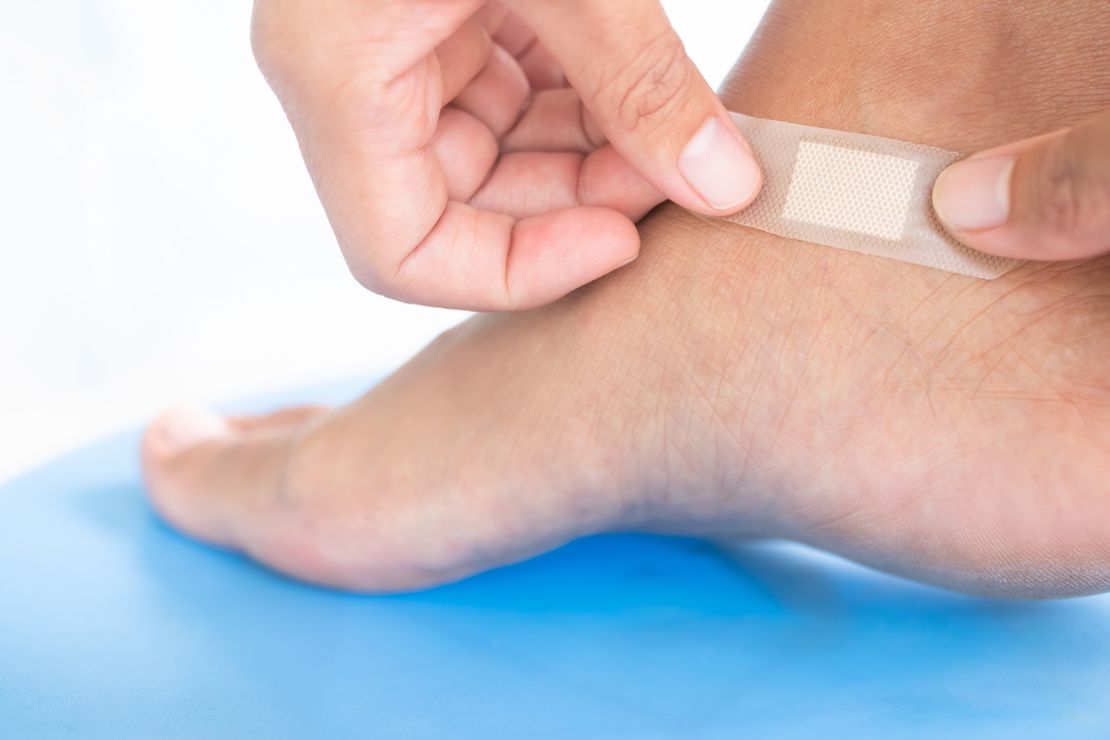Learn detailed information about current treatment methods for diabetic foot wounds.
The Importance of Diabetic Foot Disease
According to International Diabetes Federation (IDF) data, there are approximately 7 million diabetes patients in Turkey in the 20-79 age range, which corresponds to approximately 15% of the adult population. Infectious Diseases Specialist Prof. Dr. Aytaç Çetinkaya, who stated that diabetes is not limited to high blood sugar as commonly thought, said, “Over time, the eyes, kidneys, cardiovascular system and nerves can also be negatively affected by this condition. One of these complications, diabetic foot disease, makes it difficult for wounds on the foot to heal due to nerve damage and circulation disorders; it can lead to foot or leg loss in advanced stages by increasing the risk of infection.”
Modern Treatment Approaches
The most important classical approaches in diabetic foot treatment are blood sugar control, regular wound care, infection treatment and surgical intervention when necessary. Infectious Diseases Specialist Prof. Dr. Aytaç Çetinkaya, who mentioned that new approaches such as exosome, amniotic membrane and shock therapies are attracting attention today, said, “Exosome therapy reduces inflammation and accelerates healing, the membrane tissue obtained from the placenta acts like a biological bandage as amniotic membrane and supports tissue repair, while shock wave therapies facilitate the healing of difficult-to-close wounds by stimulating cells.”

Exosome Therapy Supports the Body’s Repair Power
Prof. Dr. Çetinkaya, who stated that the very small particles that enable communication between cells in our body are called exosomes, said, “These particles produced by stem cells carry information, proteins and growth factors that support healing; in other words, they enable cells to send ‘heal’ signals to each other. Exosomes act on wounds through three mechanisms: they control excessive inflammation, enable repair cells to work more actively, and accelerate wound nutrition and healing by supporting new vessel formation. The body’s own cells also produce exosomes, but the natural amount is sometimes insufficient. In exosome therapy; exosomes obtained from stem cells are concentrated in a laboratory environment and applied to the wound area, and this process is supported from outside. You can get more detailed information about the healing process of diabetic foot wounds” he said.
Placenta Heals Wounds
Çetinkaya, who stated that the amniotic membrane is the membrane layer that surrounds the baby connected to the placenta during pregnancy, said, “The placenta protects the baby from external factors and provides many substances it needs during its development. This membrane, which is no longer used after birth, is made suitable for therapeutic use by undergoing special processes. The amniotic membrane, which is effective especially in difficult-to-heal wounds, acts like a biological bandage by being applied to the skin or another area where it is needed. Thanks to the natural growth factors and proteins it contains, it accelerates cell renewal and provides rapid healing. It helps reduce swelling and inflammation in the wounded area and relieve pain. It can also prevent scar formation and support tissue repair by promoting the formation of new, healthy tissue.”

Shock Waves Carry the “Heal” Message
Çetinkaya, who explained that one of the increasingly used methods in medicine is shock wave therapy, said, “Medically called Extracorporeal Shock Wave Therapy, it accelerates healing with sound waves applied externally to the body and gives effective results especially in difficult-to-close wounds. Shock waves applied at low intensity and in a controlled manner are sent to the wound area through the skin via a device. These waves accelerate cell function without damaging the skin or tissue, as if sending a message to the body ‘Get moving, repair yourself!’ Oxygen therapies in diabetic foot treatment are also among these modern approaches” he informed.
Future Technologies: Personalized Skin Production with Bioprinters
Çetinkaya, who stated that important developments are expected in diabetic foot treatment in the near future, said, “Soon, smart bandages will not only provide protection; they will analyze the wound, detect infection and work like a ‘mini doctor’ by releasing medication. More purified exosome products and ready-made gels and sprays will be developed. With 3D bioprinters, personalized skin patches can be produced from the patient’s own cells and the body will accept this tissue more easily. Probiotic creams that protect the wound’s microbiome will provide natural defense by suppressing bad bacteria. In addition, thanks to smart insoles, pressure sensors and temperature measuring devices, risks can be detected and precautions can be taken before wounds occur on the foot. You can visit our relevant page to learn more about diabetic foot symptoms and prevention methods” he said.




